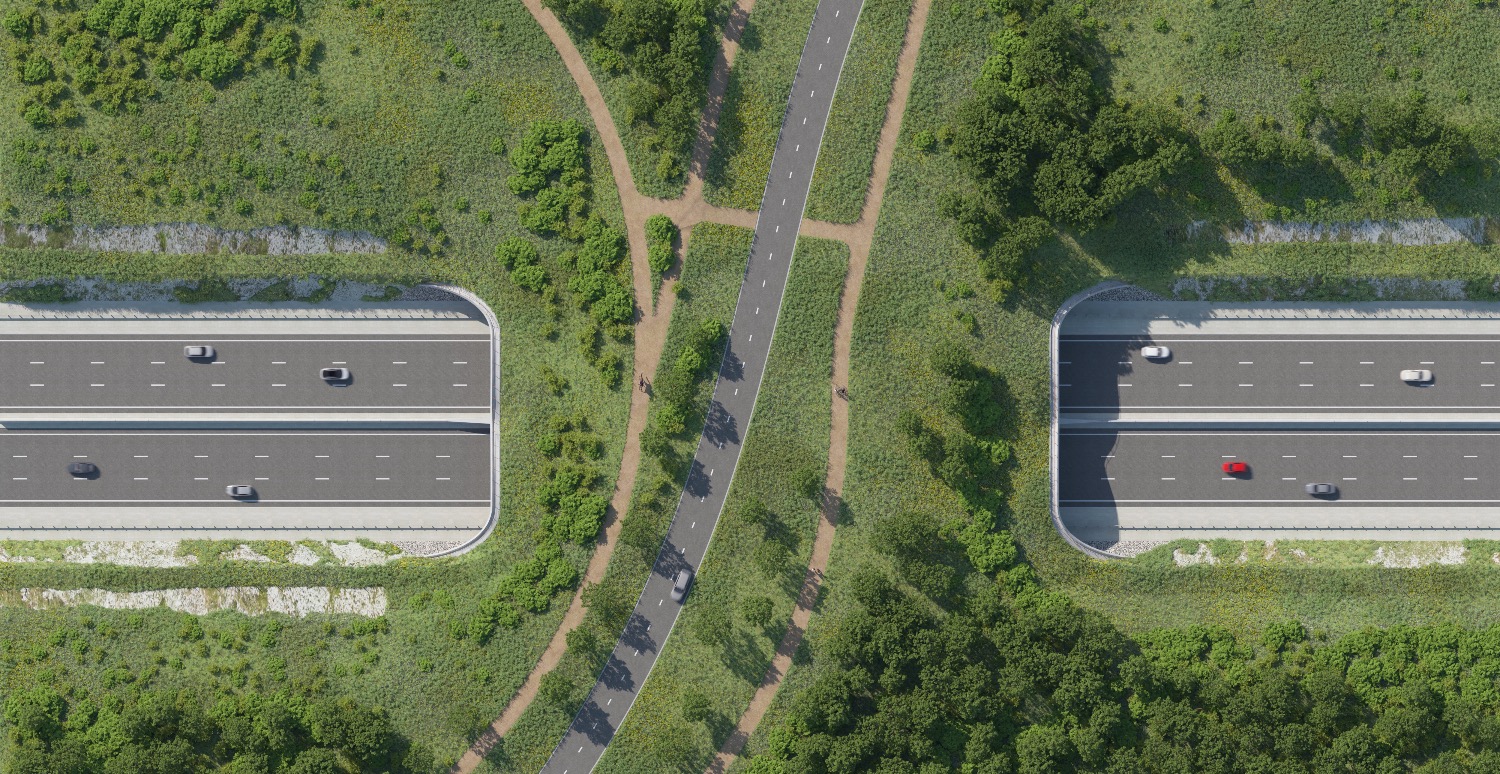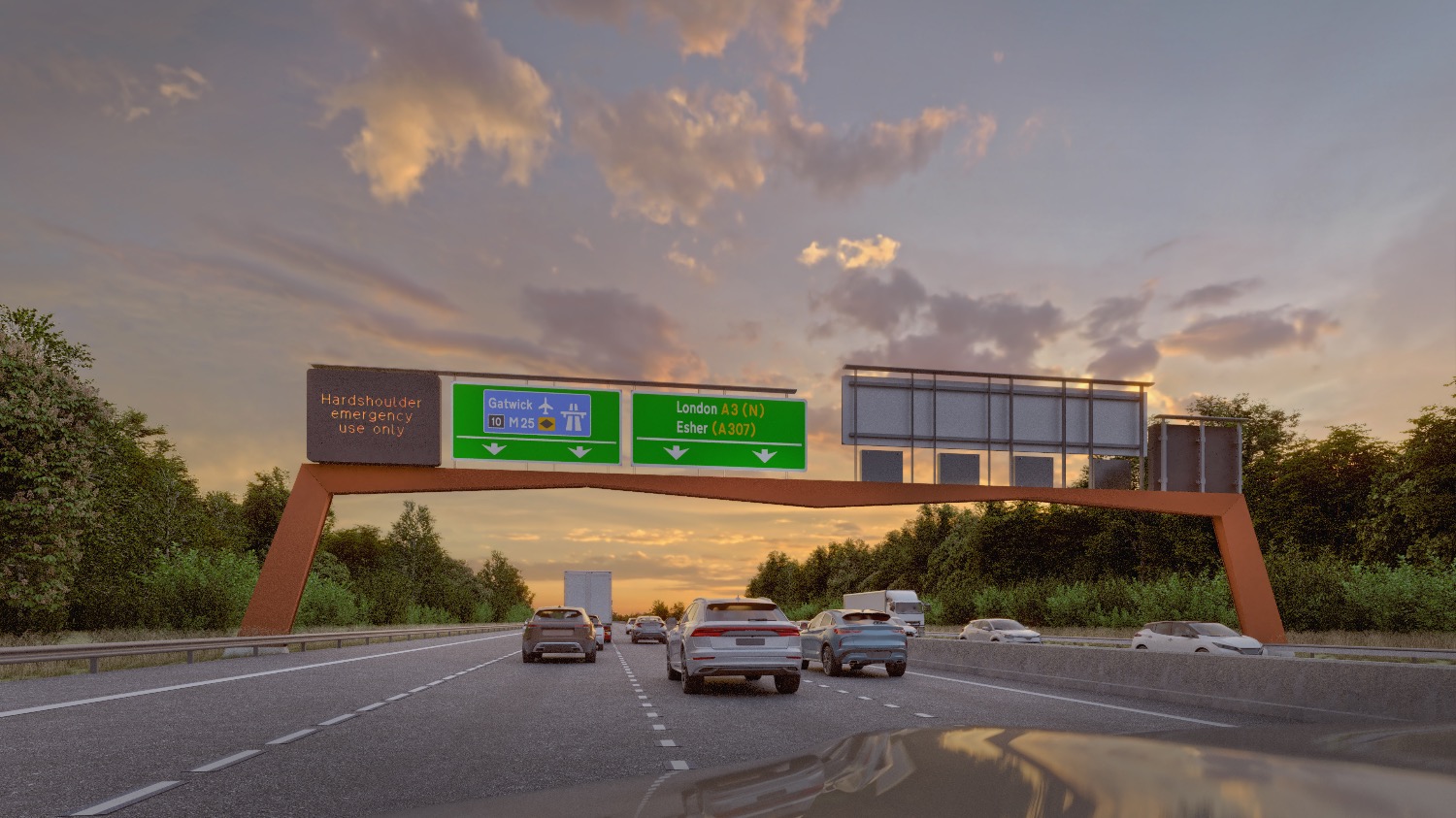
INNOVATIVE construction approaches being used on the £10 billion construction of the Lower Thames Crossing could be used across Britain, National Highways has said.
The organisation has released new images to highlight how putting low-carbon construction and nature at the heart of the route’s design is shaping the look and feel of the new road, which will link Essex and Kent with two tunnels under the River Thames.
Designed to be Britain’s ‘greenest’ road, the Lower Thames Crossing has taken a new approach to road design and building by cutting construction carbon and restoring nature. National Highways explained the project will create six times more green space than road, including one million new trees, a new community woodland, two new public parks, and seven green bridges that will blend the road into the landscape and connect local communities to the countryside.

Some of the innovations set to be utilised are low carbon footbridges, which are a new standard of crossing design that eliminates the need for concrete and minimises the use of steel, thereby reducing carbon emissions. These bridges could be used on roads across the country to create safer, greener crossings, the organisation said.

Seven new green bridges will also be utilised on the project, which will more than double the amount currently in Britain. The crossings will connect existing and new habitats, whilst also making it easier and safer for both people and wildlife to move through green spaces.
Meanwhile, pre-fabricated bridges, built in an offsite facility using low-carbon methods, will be used to reduce disruption to local communities, traffic, and the environment.

Some 80% of the route will be within a tunnel or hidden behind landscapes embankments and mounds, helping it to blend into the countryside, National Highways said. Gantries will also be used to reduce visual impact and cut carbon, with innovative designs using less steel and concrete to limit impact.











